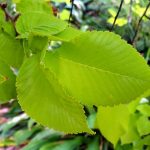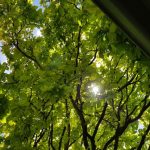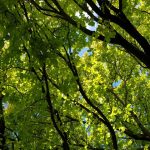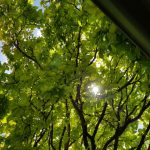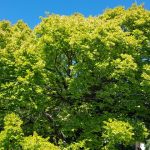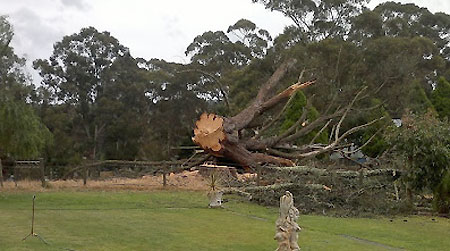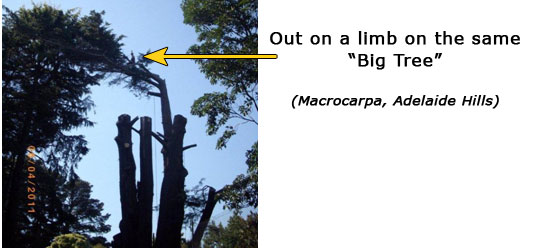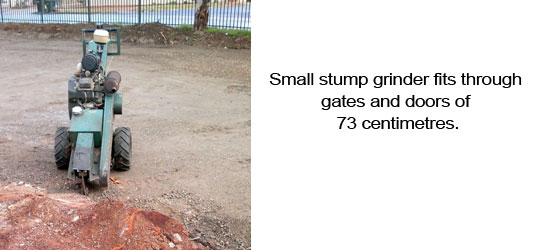- Perfect leaf
- Beautiful Tree with perfect leafs
- Beautiful Tree with perfect leafs
- Beautiful Tree with perfect leafs
- Beautiful Tree with perfect leafs
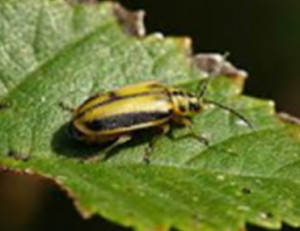
Elm Leaf Beetle
The Elm Leaf Beetle (Xanthogaleruca luteola) was first discovered in rural Victoria in 1989 and quickly spread to the inner city suburbs of Melbourne.
Elm Leaf Beetle was first detected in South Australia sometime in 2011. However, it was not declared a pest at that time under the Plant Health Act (SA).
This meant that it was not a notifiable pest and Biosecurity SA did not treat or apply specific measures to control the beetle.
We are now observing the consequences of its presence in South Australia with wide spread infestations on our states ‘Elm Trees’.
Life Cycle & Identification
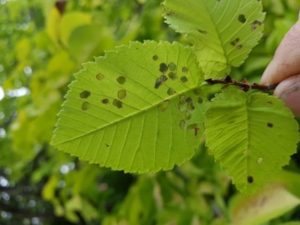
Elm Leaf Beetle adults leave holes in the leaves called shot-holes.
Adult beetles are known to become active in October and are then present through until April the following year.
They are evidenced by a ‘shot hole’ appearance in leaves.
They have the ability to travel through flight (fly) or ‘hitch a ride’ on vehicles, humans, etc.
They move from tree to tree feeding and laying eggs on the underside of leaves.
Beetle larvae then destroy all but the veins of the leaves, creating a ‘skeleton’ effect.
This damage destroys the trees ability to achieve photosynthesis, produce and store energy, maintain growth, vigour and active defence mechanisms.
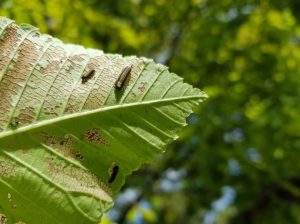
Beetle larvae destroy the veins of the leaves
There may be up to three life cycles of the beetle in a single season, depending upon weather conditions.
This damage destroys the trees ability to achieve photosynthesis, produce and store energy, maintain growth, vigour and active defence mechanisms.
There may be up to three life cycles of the beetle in a single season, depending upon weather conditions.
Control measures
In terms of control, there are a number of options available to address Elm Leaf Beetle:
Stem injection
This method involves the use of injectors which are introduced to the vascular system of the tree by means of a small drill hole.
The advantage of the injection method is that the application method is target specific and as such is very effective. It is also considered to be the safest method of control.
This method is used by the City of Norwood Payneham & St Peters when treating and protecting the Elm Trees throughout the urban forest.
Soil injection
This method involves injecting the soil under the drip line of the tree using an appropriate insecticide.
The chemical is taken by the feeder roots and translocated through the tree’s vascular system to the shoots and leaves where it will kill the adult beetle and also the larvae when they start to feed.
As the movement of the chemical within the tree is relatively slow, soil injections need to be carried out at least six to eight weeks prior to emergence of the beetles from hibernation.
This method of control kills the Elm Leaf Beetle once the chemical has been absorbed by the tree. However, it may destroy good micro-organism located within the soil profile.
Soil tablets
Similar to the soil injection method, whereby a chemical is applied to the ground in a tablet form which can be supplied with a slow release fertiliser or initiator.
Similar to the soil injection, this method destroys the Elm Leaf Beetle once the chemical has beenabsorbed by the tree. However, it may also destroy good micro-organism located in the soil.
Gel banding
Banding can be undertaken by applying gel or sticky tape (stick facing outwards) to the trunk of the tree and the pest sticks to the gel when climbing up or down the trunk.
Applications need to be done monthly when there are mature elm leaf beetle larvae, from around November through to January. In wet weather conditions, you will need to reapply. In addition to that, Elm bark is deeply furrowed thereby making effectiveness very difficult to predict.
Stem spraying/banding
This method uses Carbaryl (1-naphthyl methylcarbamate) which is an insecticide used to control pests in home gardens, on ornamentals, lawns, fruit and vegetables and around public buildings. It is also used in the control of insects on domestic animals.
The chemical is sprayed on the leaves and is a contact insecticide. It may kill whatever comes in contact with the chemical. However, it is non-specific and as Elm bark is deeply furrowed the effectiveness is difficult to predict. In addition to that, the chemical is only registered in Victoria and Tasmania for use.
Foliar spray
This method is very similar to stem spraying / banding and also uses Carbaryl.
Again, the chemical is sprayed on the leaves and is a contact insecticide. It may kill whatever comes in contact with the chemical. However, it is non-specific and as Elm bark is deeply furrowed the effectiveness is difficult to predict.

